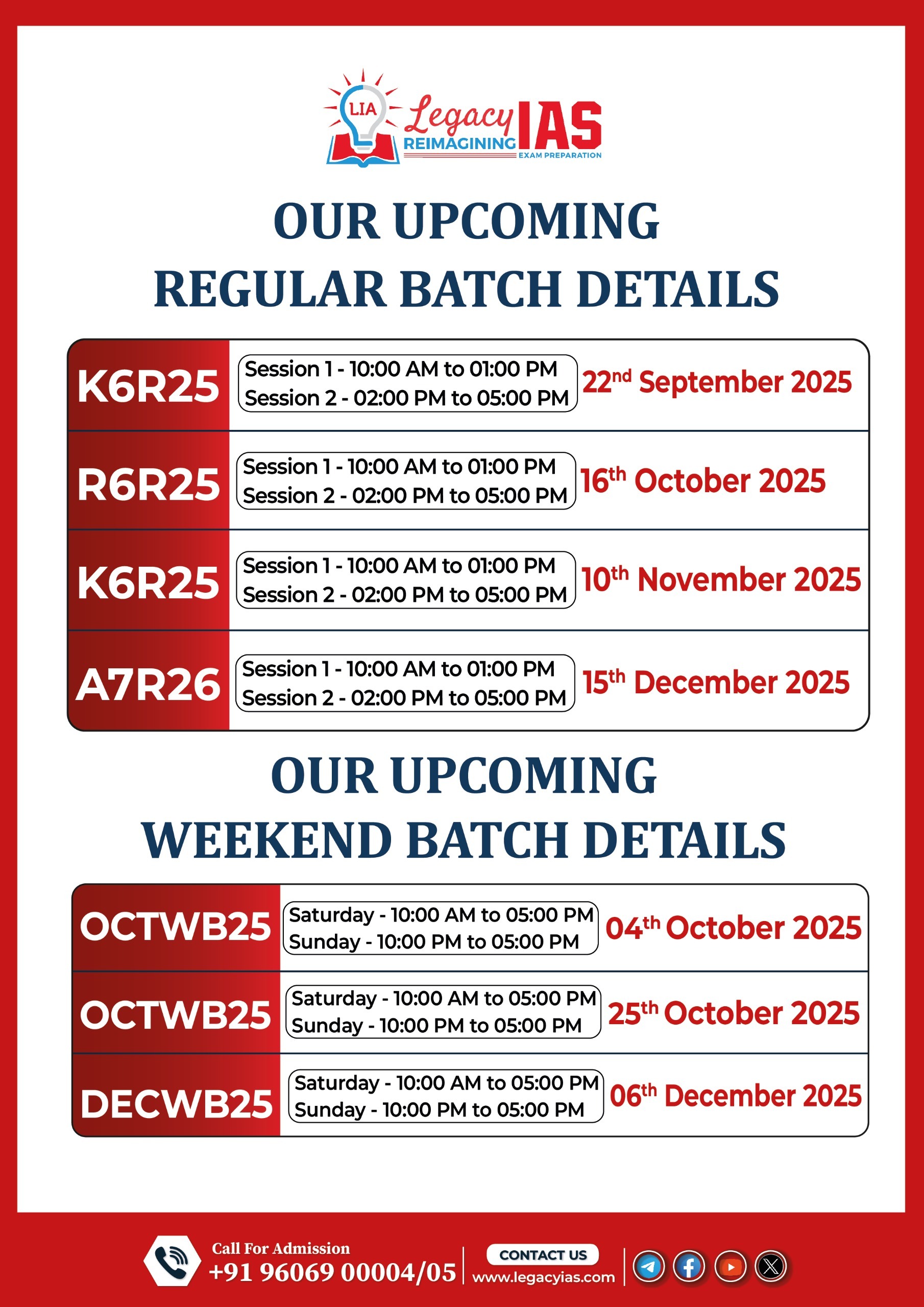Context:
- The Coalition for Disaster Resilient Infrastructure (CDRI), launched by India in 2019, released a report on Indian telecom networks’ disaster preparedness.
- Telecom networks are vital for effective disaster communication across government bodies.
Relevance :GS 3(Disaster Management , Infrastructure)
Key Findings of the CDRI Report:
- Vulnerability Factors:
- Overland cables prone to snapping during disasters.
- Telecom towers often not designed for high wind speeds.
- Heavy reliance on continuous electricity supply, frequently disrupted during disasters.
- Power Failure as Primary Challenge:
- Major cause of network outages, outweighing direct cable or tower damage.
- Backup systems (batteries, fuel) often inadequate during prolonged outages.
Elevated Risks in Coastal Regions:
- Coastal areas house undersea cable landing stations connecting India to global internet networks.
- Disruptions at landing points can cause widespread connectivity issues.
- High-speed winds and flooding pose dual risks to towers and power supply.
Undersea vs. Overland Cables:
- Undersea Cables:
- Less prone to physical disruptions compared to overland routes.
- Repairs, however, are time-consuming and require specialized vessels.
- Overland Cables:
- Easier to access but vulnerable to environmental and construction-related damages.
Recommendations & Solutions:
- Infrastructure Improvements:
- Build towers to endure stronger winds, especially in cyclone-prone coastal states.
- Enhance power resilience with elevated diesel generators to prevent flood disruptions.
- Implement the “dig-once” policy to lay underground utilities together, reducing future damage.
- Operational Measures:
- Maintain emergency fuel reserves (e.g., 50 liters per telecom operator during disasters).
- Real-time damage tracking through improved data collection and coordination.
- Financial Interventions:
- Promote parametric insurance to incentivize faster network restoration.
Broader Implications:
- Ensuring telecom resilience is crucial for timely disaster response and public safety.
- Small investments (like raising generator placement) can yield significant benefits.
- Long-term planning requires integrating local hazard profiles into telecom infrastructure designs.
Way Forward:
- Focus on robust power backups, enhanced infrastructure standards, and coordinated emergency protocols.
- Incorporate disaster risk modeling in telecom planning to minimize future vulnerabilities.



